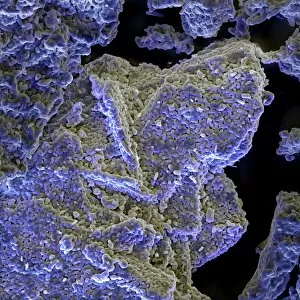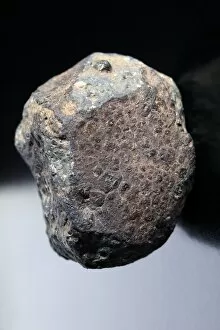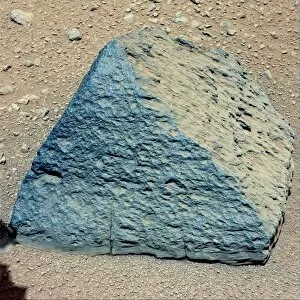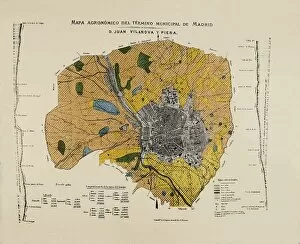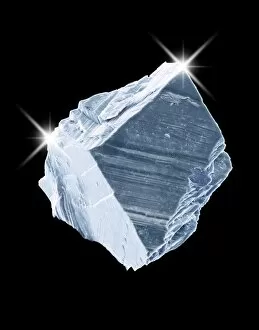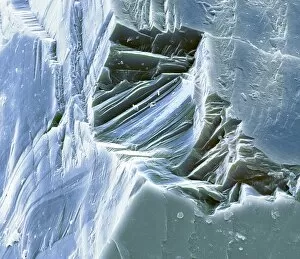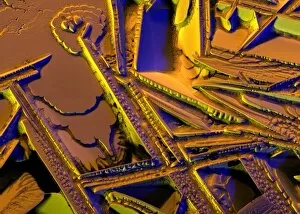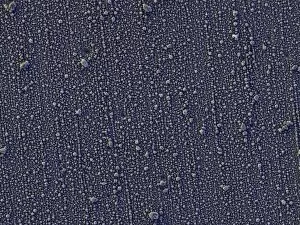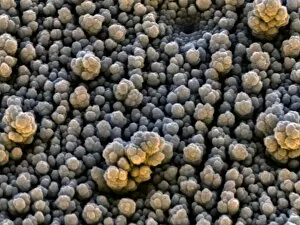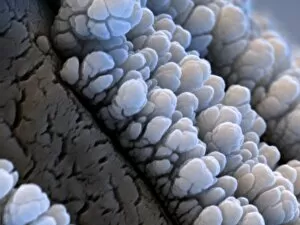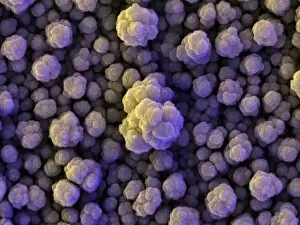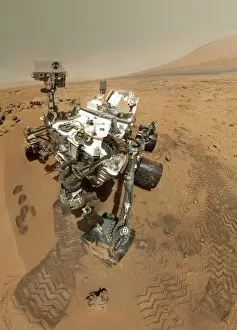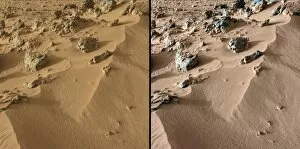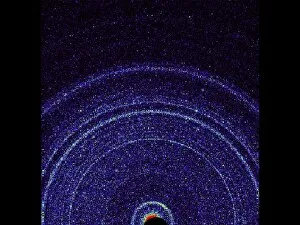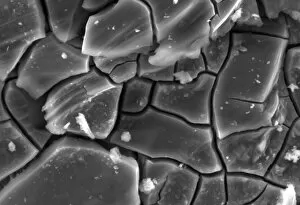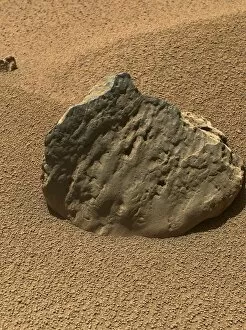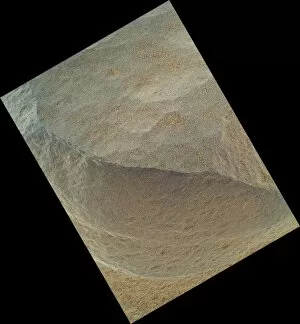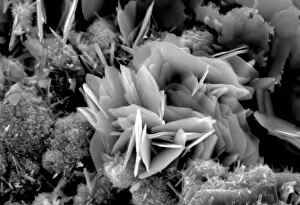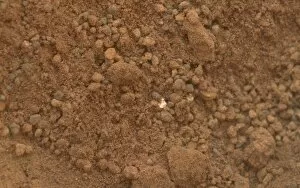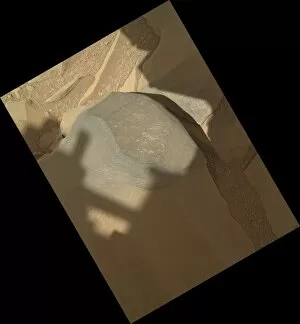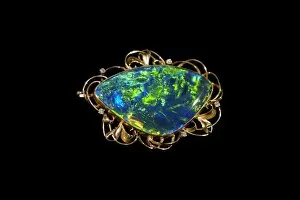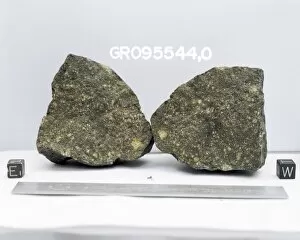Mineralogical Collection
"Exploring the Fascinating World of Minerals: From Baking Soda Crystals to Meteorites and Diamonds" Minerals have always captivated scientists and enthusiasts alike
All Professionally Made to Order for Quick Shipping
"Exploring the Fascinating World of Minerals: From Baking Soda Crystals to Meteorites and Diamonds" Minerals have always captivated scientists and enthusiasts alike, offering a glimpse into the extraordinary wonders of our planet and beyond. In this captivating journey, we delve into the realm marvels that range from baking soda crystals to chondrite meteorites and crushed diamonds. Starting with baking soda crystals, these intricate formations showcase the beauty that can arise from simple household ingredients. Under SEM C016 / 8041, their delicate structure is revealed in stunning detail, reminding us of nature's ability to create art even in unexpected places. Moving on to Joan Vilanova i Piera's agronomic map from the 19th century, we witness how minerals played a crucial role in understanding soil composition for agricultural purposes. This historical artifact serves as a testament to humanity's enduring curiosity about our environment. The mention of a chondrite meteorite takes us beyond Earth's boundaries and into space. These extraterrestrial rocks hold valuable information about our solar system's origins and evolution. Each fragment tells an ancient tale written billions of years ago. Shifting gears back to Earth but venturing far away geographically, we encounter Mars' Jake Matijevic rock (Mars C015 / 6513). This Martian specimen offers insights into the red planet's geological history while igniting dreams of future interplanetary exploration. Clay comes next under SEM C015 / 5767—a versatile mineral used by humans for centuries due to its malleability and abundance. Its microscopic features reveal intricate patterns reminiscent of miniature landscapes waiting to be explored. Copper sulphate crystals make an appearance twice—each light micrograph showcasing their mesmerizing symmetry under different conditions. These vibrant blue structures remind us that minerals can possess both scientific significance and aesthetic allure simultaneously.

